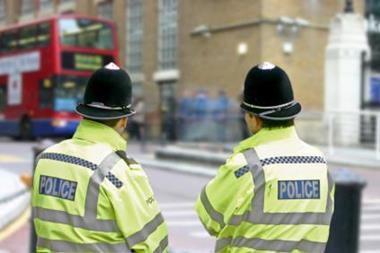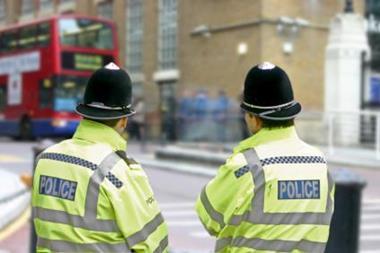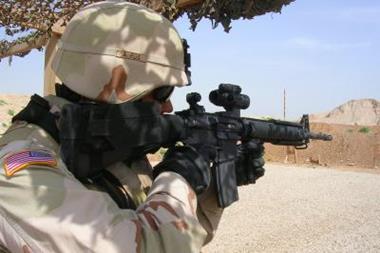Since the days of the Baltic Exchange, Bishopsgate and Manchester bombings, the nature of the terror threat has changed. But London remains high on international terror's hit list
As the cultural, political and economic capital of the UK London stands out as a target for international terrorism, Aon’s crisis management expert told a packed Lloyd’s Old Library.
Since the days of the Baltic Exchange, Bishopsgate and Manchester bombings, the nature of the terror threat has changed. Islamic extremist terrorism is characterised by a relative low level of sophistication said John McConnell from Aon’s crisis management unit. The Irish Republican Army was funded and supplied by international backers, but violent extremists operating in the UK today largely source their own materials and explosives, he explained.
McConnell said this has enabled the surveillance authorities to track groups more easily. Individuals purchasing large amounts of fertilizer, the principal component of homemade explosives, immediately raise suspicion. In one instance the Security Service, MI5, was able to foil a suspected terror plot by replacing explosive materials with harmless cat litter. ‘Failure rates are a lot higher with homemade jobs,’ added McConnell, citing the attempted bombing of a London nightclub in June 2007.
He also warned, however, that international Islamic extremists use one of the most effective trigger methods—the suicide bomber. As a result of the difficulties in the delivery of chemical, biological, radiological or nuclear weapons, attacks of this nature are unlikely, said McConnell. ‘A CBRN attack isn’t as likely as the press suggests.’
“MI5 said there are 2,000 violent individuals planning attacks, 200 networks and around 30 active plots currently in the UK.
MI5 said there are 2,000 violent individuals planning attacks, 200 networks and around 30 active plots currently in the UK. Speaking in November, Jonathan Evans, the new head of Britain’s security service, said attacks were becoming more sophisticated in their planning.
The extent and capability of Islamist networks, as well as Al-Qaeda’s penchant for attacking transport networks, was horrifyingly displayed in March 2004 when a group of individuals killed 191 people and left more than 2,000 injured, following 10 coordinated and simultaneous attacks on commuter trains in Madrid. The July 2005 London transport bombings killed 56 and followed a similar model. On this occasion, the terrorists identified a soft target and exploited it, in a style characteristic of al-Qaeda, according to McConnell.
‘London’s mass transit network is an attractive target,’ said McConnell. Other targets, he identified, included large companies that may have singled themselves out by involvement in contentious issues. While British building regulations mean the structural integrity of buildings has been improved, McConnell estimated that the total cost of lost office space in the Bishopsgate bombing was approximately £1bn. The indirect effect of a bombing is crucial he added, ‘160 businesses went bust in Manchester after the bomb.’




















No comments yet